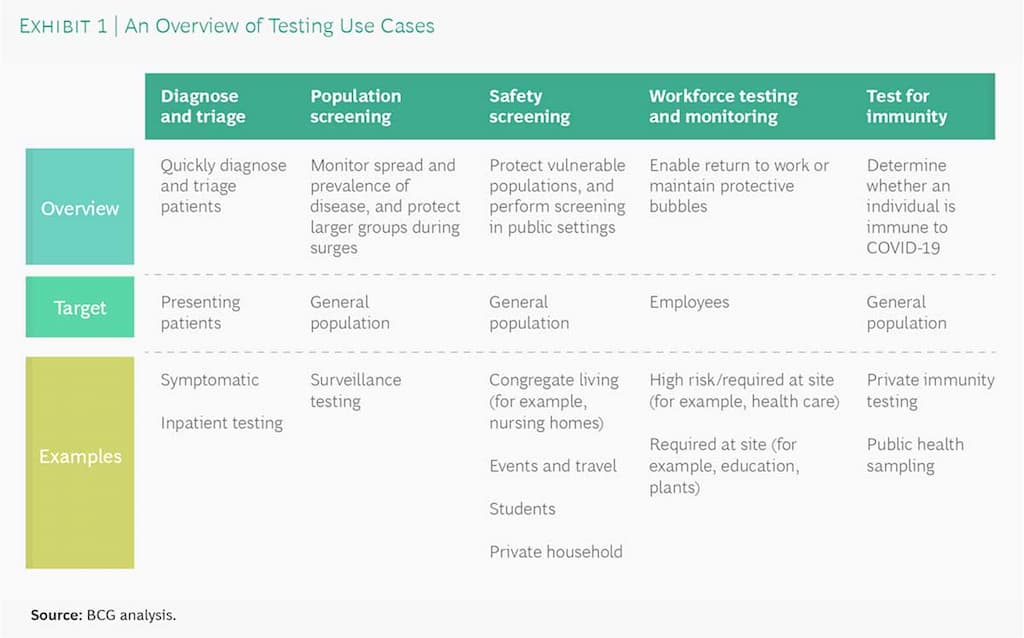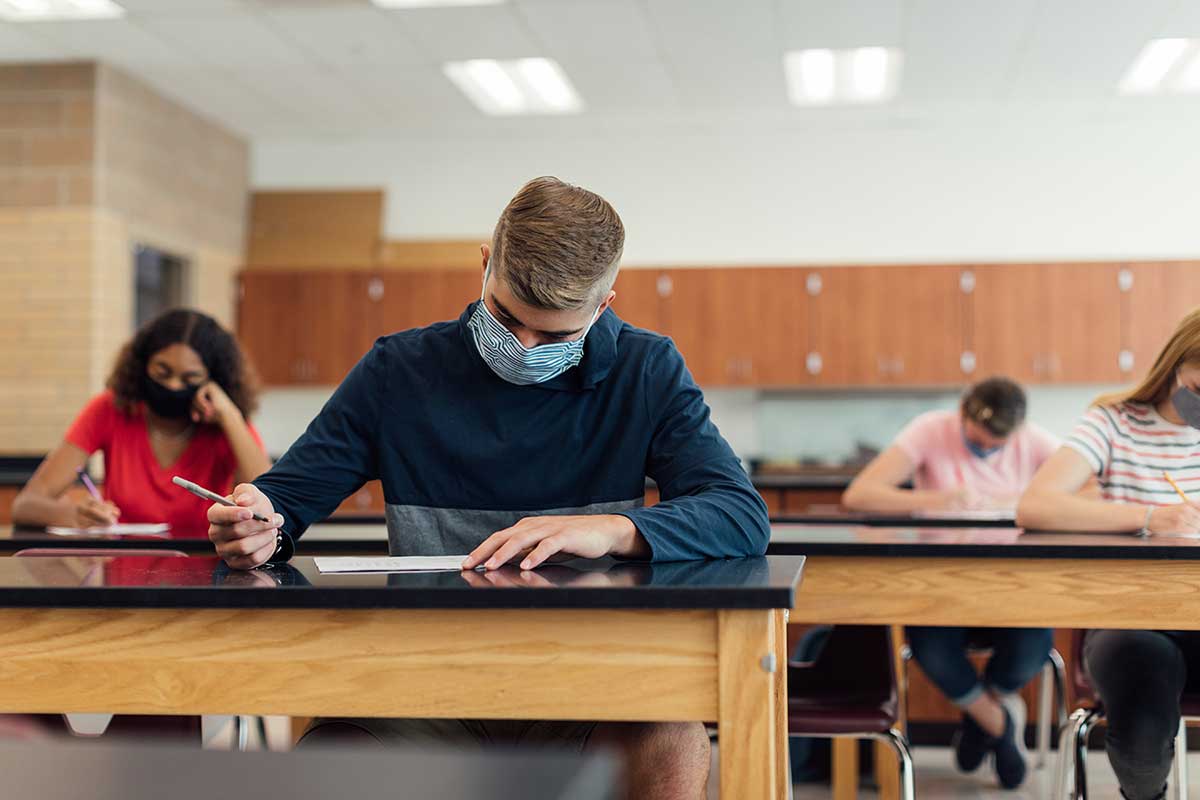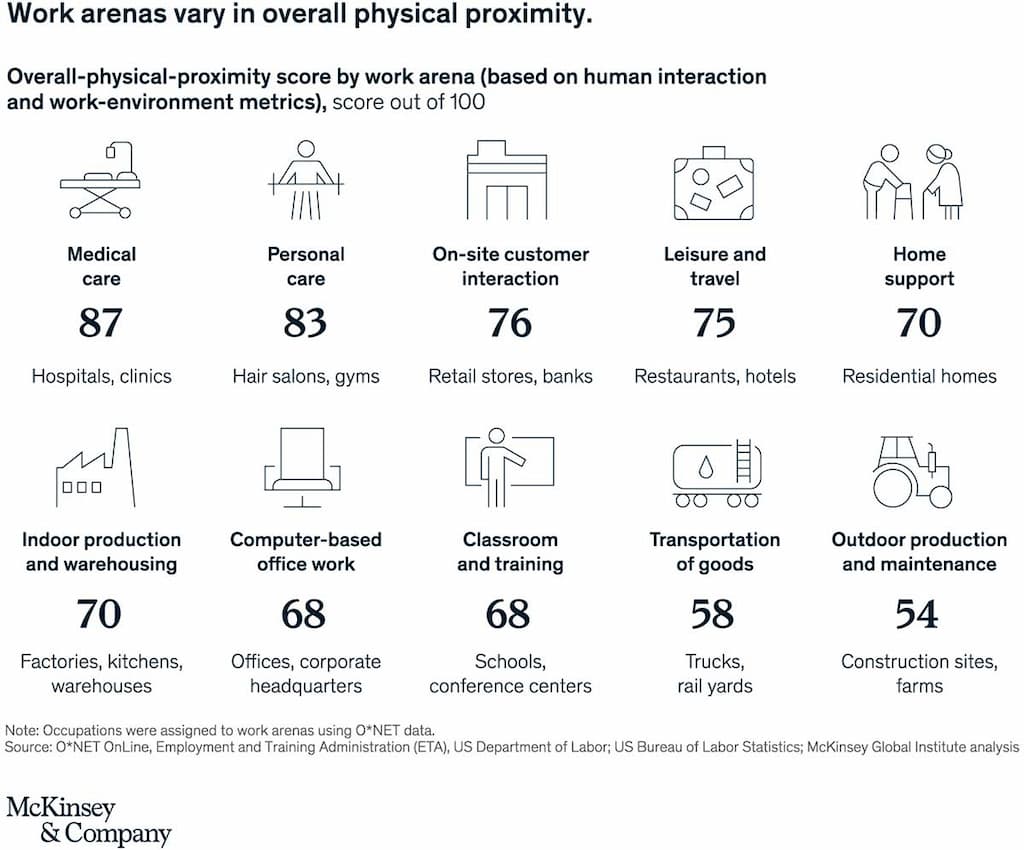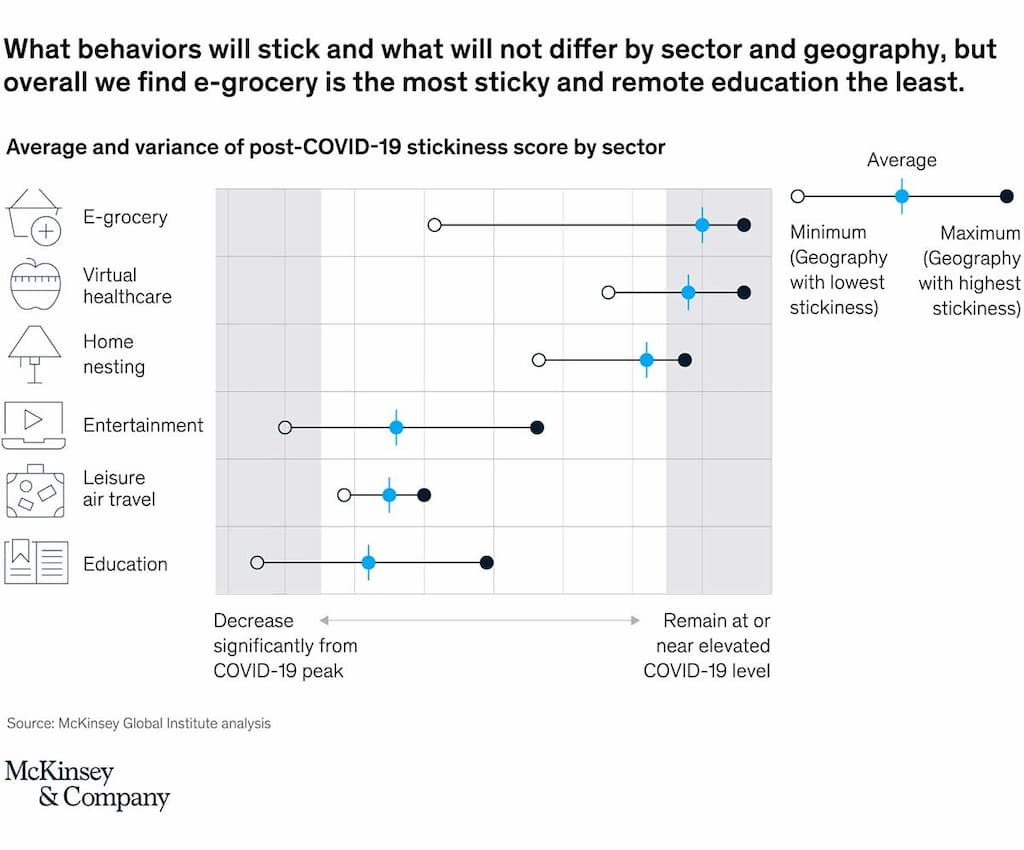With the COVID-19 vaccine being distributed and overall infection rates stabilizing, people are beginning to talk about life after the pandemic.
Anxious to get back to some kind of normality, even if it means adopting a new normal that includes continued mask wearing and physical distancing, businesses are making plans to open back up. And people are making plans to go out, travel, and visit friends and family.
It’s as if the country feels that the worst is behind us and we can all breathe a collective sigh of relief.
But public health officials are still cautioning us that the pandemic is not over — not even close. New variants of the virus have been identified and are manifesting across the globe. Reinfections have cropped up. While the CDC suggests masks are not needed outside for those who are vaccinated, we still need to wear masks indoors and practice physical distancing to interrupt the spread. And hundreds of millions of people remain to be vaccinated.
The latest thinking is that COVID-19’s response to the vaccine will be more like the flu than smallpox. COVID-19, and its variants, may become endemic. Meaning that they never go away completely but need to be actively monitored and managed. Health agencies worldwide will need to track and treat outbreaks as they happen in order to contain their spread. Just like with the flu, keeping COVID-19 and its variants contained may require annual booster shots or more than one vaccine. It’s looking more unlikely that a single course of vaccine will eradicate COVID-19 completely.
As long as COVID-19 remains active, rapid reliable testing will be needed, not just for diagnosis but also for health and safety in our workplace, schools, entertainment venues, churches, etc. — everywhere people gather in groups.

Source: BCG – As Vaccines Roll Out, Testing Still Matters
PCR testing in the post-pandemic workplace
COVID-19 has led some employers to classify jobs in a new way, based on physical proximity to other people while doing the actual tasks of the job. Instead of classifying jobs by department or function, employers are taking a look at the actual work environment and tasks performed in the job.
Classifying work based on physical proximity clarifies which jobs may more easily be done remotely and highlights the relative risk of exposure faced by workers in the jobs that require face-to-face interactions or working in close quarters.
This classification also draws distinctions between the risk faced by people in differing roles who normally work in the same facility. For example, a food processor working in close quarters with others on an assembly line faces a higher risk than an office clerk in the same facility.
Source: McKinsey – The Future of Work After COVID-19
For those jobs that cannot be easily shifted to remote work the challenge is how do we keep workers and customers safe and healthy so that trust is maintained and business can continue safely.
OSHA in its Guidance on Mitigating and Preventing the Spread of COVID-19 in the Workplace points to COVID screening and testing, in addition to continued mask wearing and physical distancing, as ways to mitigate the risk of COVID exposure or infection.
For some employers working with medical testing companies, like those that provide workplace drug testing, is the answer for administering a comprehensive workplace COVID PCR testing program. Such companies already have established expertise in managing medical testing compliant with regulations such as HIPAA, ADA, and infectious disease reporting requirements.
Some labor unions are also beginning to include COVID testing requirements in their contracts. One notable example is SAG/AFTRA’s guidelines for Return to Work (RTW) which covers all its members working in film, television, and audio production.
PCR testing gets people out of the house
After a year of restrictions people are wanting to get out of the house. While recognizing that everything cannot go back to the way it was before, people are looking for ways to balance engaging in group activities against the COVID-19 risks that remain.
Overall, it looks like there are some new ways of doing things that people are willing to stick with. These are practices that people find more effective and convenient, like telemedicine and online ordering of groceries for delivery.
But there are a number of activities that look like they’ll be less “sticky.” These virtual or socially distanced experiences proved less than satisfying, and so people are less likely to maintain pandemic-era restrictions. These activities include virtual entertainment, restricted leisure travel (particularly air travel), and remote learning. People will tell you these experiences are just not the same when done alone, at home, or in front of a screen.
Source: McKinsey – COVID-19: Briefing note #47, March 24, 2021
As we work out ways to get back to in-person entertainment, leisure travel, and school we need to actively manage the risk of COVID-19 exposure. Initially this looks like gradually reopening venues, transportation, and schools; and keeping attendance below total capacity while still requiring mask wearing and maintaining some physical distance between small groups of people. Rapid reliable PCR testing also plays a role in making these activities safer.
Already we’re seeing sports teams, film and theater productions, and universities using on-site testing and same-day PCR testing to create and maintain safer COVID-19 free pods. They test people as they enter training, rehearsal, or campus, and then periodically during the season, production, or school term. Only those who test negative enter or remain in the pod. When exposure is suspected, these organizations use the most rapid and reliable testing available, in coordination with physical isolation, to address the risk of spread.
Travel to the US and many vacation destinations, like Hawaii, currently require negative COVID-19 test results within tight timeframes before arrival. Without these test results the person may be denied entry or required to quarantine.
Travelers find themselves looking for certified labs and clinics that offer FDA-authorized COVID testing. Now required for many travel destinations, finding certified testing services within tight and frenetic timeframes can be quite burdensome. Some resorts have gone so far as to add medical testing as a concierge service for their guests. Assured that they will be provided airport testing upon their arrival and on-site testing at their hotel before returning home makes the guest’s experience all the more relaxing and enjoyable.
The COVID-safe road ahead incorporates rapid PCR testing
Like the virus itself, the need for fast, reliable PCR COVID testing is not going away any time soon. Even with a COVID-19 vaccine available, the need to address the risk of exposure and infection remain. Managing these risks becomes all the more important as businesses open back up and people leave their houses and return to group activities. No one wants to see infection rates go back up and a return of pandemic lockdown measures.
Whether at work, an event, while traveling, or at school, a comprehensive testing program monitors communities for the presence of COVID-19. Quick reliable testing results enable business managers, government officials, and public health professionals to respond rapidly to increased risks and, ultimately, keep everyone more safe.
Rapid reliable PCR testing for COVID-19 can help manage these ongoing risks by serving as a monitoring system, providing early warning of outbreaks along with diagnosis of individual cases.



